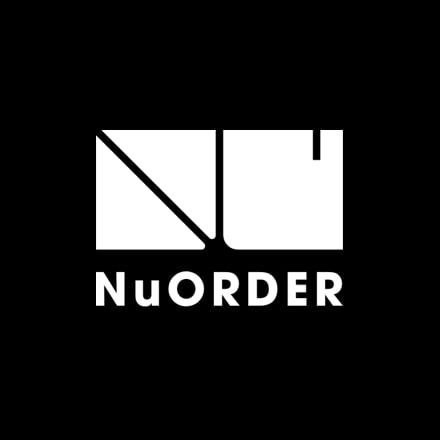A famous adage in the business world says there are only three ways to grow revenue: acquire more customers, increase the average amount customers purchase per order, and speed up the frequency in which customers order from you.
Most sales teams focus heavily on finding new customers as the primary way of achieving their revenue goal, however, upselling to customers can be just as valuable or even more valuable as a revenue stream for a brand.
But what exactly is upselling?
Upselling is the practice of getting your existing retail buyers to purchase more product from you. You can achieve this through larger order values, increasing purchasing frequency, improved loyalty marketing offer, or a combination of the three. Ultimately, your goal in upselling to customers is to increase the total dollars a buyer spends with you over the course of a year.
In this post, we explain four ways your business can benefit from upselling.
What are the four benefits of upselling?
1. Upselling is Easier and Costs Less
Generating new business from new retail buyers is challenging. In addition to finding qualified prospects and building new customer relationships from scratch, you need to sell them on both your brand and on individual products. Each of these steps takes time and money to achieve success. In fact, according to Harvard Business Review, the cost of acquiring a new customer is approximately 5 to 25 times more expensive than selling to an existing customer.
However, with existing customers, you’ve already invested the time and completed the hard work of building the relationship and convincing them to do business with you. Upselling is all about leveraging those existing relationships to maximize the value of each customer.
The reality is that very few of your retailers buy your full line of products. In fact, most are probably significantly underbuying. Many start with an initial test order, and despite success with your brand, never increase their purchase order size or assortment. This means that there is a very likely chance that you have large, untapped revenue potential sitting within your existing base of retail accounts.
2. Upselling is More Profitable
Upselling to your customers is not only easier than marketing and selling to new retail buyers, but it also costs less. It requires fewer marketing dollars, and much less sales time. This means that upselling increases profit margins, an important success measure for any wholesale business.
How does this work? Take a brand that has $100,000 in sales with $40,000 Cost of Goods Sold (COGS) at a 40% margin, and Marketing, Sales and Administrative (SG&A) expenses of $50,000. Subtracting the expenses from sales leaves a gross profit of $10,000, or 10% of sales. If the brand increases sales to their existing customers by 20%, they would then have $120,000 in sales, with COGS of $48,000 (40%). However, since upselling does not require any additional Sales and Marketing investments, SG&A expenses remain $50,000. The new gross profit is $22,000 or 18.3% of sales. So a 20% bump in sales through upselling translates into an 83% increase in gross profit margin. That’s HUGE!
3. Upselling To Customers Creates Customer Stickiness
As retailers adapt to compete against the Amazon and Walmart’s of the world, they’re adopting strategies that center around specialization and curation. This means working more closely with fewer brands rather than carrying a small set of items from many different brands.
The more you can get your buyers to carry from you, the more important you will become to their store and their success, motivating them to become a strong partner, rather than a casual buyer who might leave you at any time. Building depth within each customer account creates stickiness that will keep your buyers around for a long time.
4. Upselling Can Provide a Better Customer Experience
Upselling also provides benefits to your buyers. Part of an upsell strategy is to provide your retailers with items that work well in their stores. You should listen to their business needs and sell products that work together as a solution. You want to be helpful and create value within the partnership, rather than just blindly selling product.
This consultative relationship will help your buyers feel appreciated and held in high regard. Many times, the buyers will stay more loyal to your brand and will come to you when searching for something new.
Hopefully, you now better understand what upselling is, and how you could benefit from it.
To learn how NuORDER can help you drive upsells and increase sales, request a demo today.
Want more upselling best practices? Click here.


